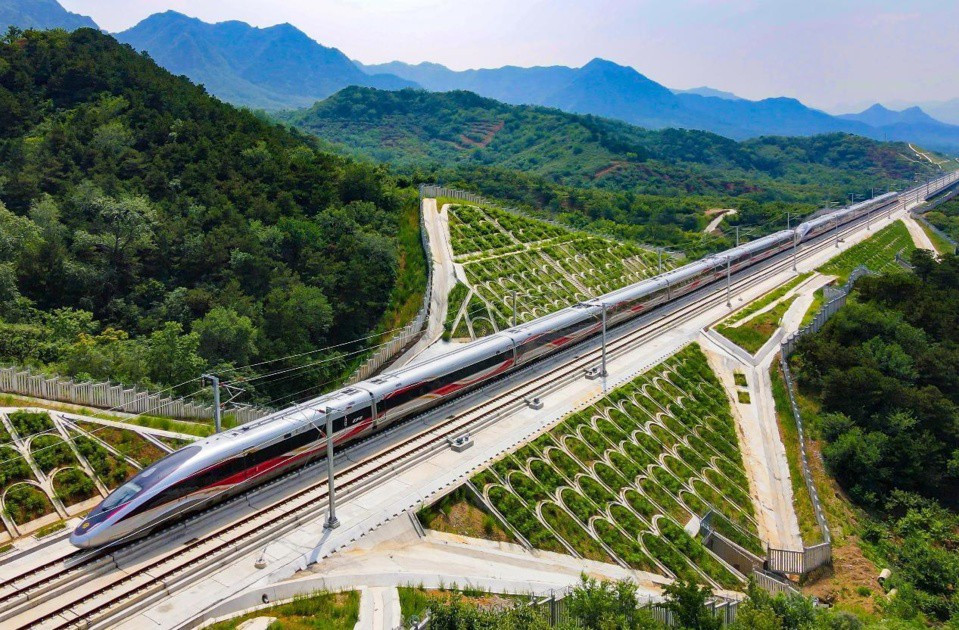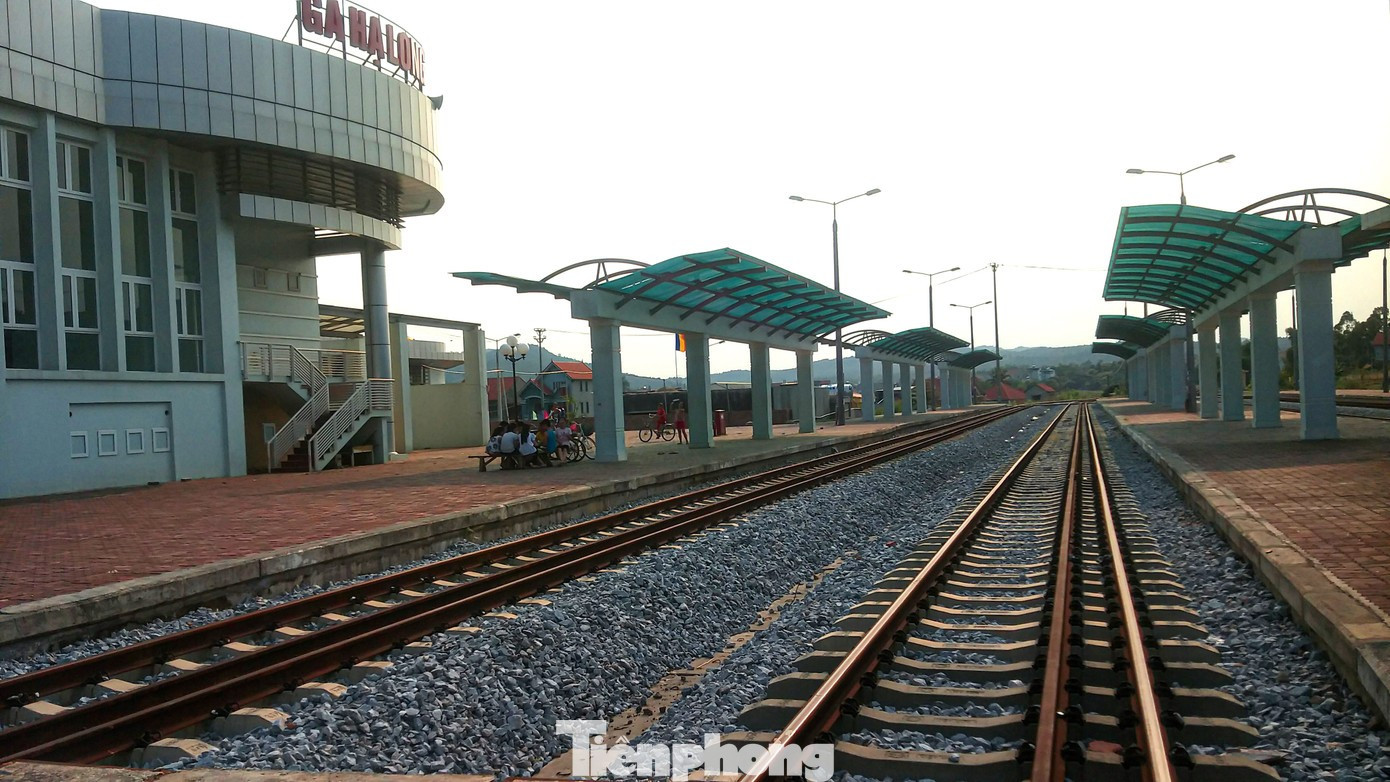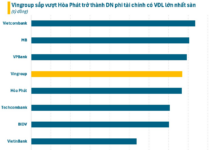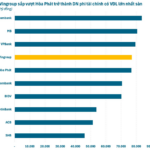The Ministry of Construction has submitted a proposal to the Prime Minister for the adjustment of the Railway Network Plan for the period 2021-2030, with a vision towards 2050.
According to the Ministry of Construction, the Railway Network Plan approved in 2021 (Decision 1769/QĐ-TTg) has played a crucial role in guiding the development of national transportation infrastructure. However, adjustments are now necessary to update GDP growth targets, population size, national spatial development orientations, new administrative organizations, and related sectoral plans.
Based on the review results, the Ministry of Construction proposes adjustments to the scale and investment roadmap for several key national railway lines, particularly bringing forward many lines to be invested before 2030.
For the North-South High-Speed Railway, the Ministry of Construction suggests renaming it the “High-Speed Railway on the North-South Axis,” with a length of approximately 1,541 km (a 4 km reduction compared to the old plan). Notably, the Vinh – Nha Trang section will be accelerated for investment before 2030, instead of after this milestone as initially planned.

The Ministry of Construction renames the North-South High-Speed Railway to the “High-Speed Railway on the North-South Axis.” Illustration: People’s Daily Online.
The Lao Cai – Hanoi – Hai Phong route is also proposed for full investment before 2030, spanning 391 km, directly connecting to the Lach Huyen international gateway port and major ports such as Nam Do Son and Dinh Vu, creating a strategic transport axis from the Northwest region to the northern coastal area.
Within the group of inter-regional and international routes, the Ministry of Construction proposes significant adjustments. These include the Hanoi – Quang Ninh route (132 km), connecting Gia Binh International Airport and coastal railway lines. The Hanoi – Dong Dang route (156 km) and Hai Phong – Ha Long – Mong Cai route (187 km) are proposed for investment before 2030 to enhance connectivity with China.
The Vung Ang – Mu Gia (Quang Binh) route is adjusted to a length of 105 km, strengthening transport links between Vietnam and Laos. The Ho Chi Minh City – Loc Ninh route (128 km) is planned with a standard gauge of 1,435 mm, ready for international intermodal transport with Cambodia.
Additionally, the Ministry of Construction recommends upgrading and expanding several routes connecting seaports and key economic regions, such as the Kep – Ha Long – Cai Lan route (126 km) utilizing the infrastructure of the Lim – Pha Lai line; the Nam Dinh – Thai Binh – Hai Phong route (64 km) planned as a double-track line with a gauge of 1,435 mm; and the Bien Hoa – Vung Tau route expanded from An Binh station to Vung Tau, totaling 132 km.
For regional and local railway lines, progress is significantly accelerated, including the Thap Cham – Da Lat, Ho Chi Minh City – Can Tho – Ca Mau, and the line connecting the Central Highlands – Da Nang – Binh Phuoc, to align with the national infrastructure development strategy.

The Kep – Ha Long – Cai Lan railway line (126 km) is proposed for upgrading and expansion, utilizing the infrastructure of the Lim – Pha Lai line. Photo: Hoang Duong.
Notably, the Eastern Hanoi Ring Road is shortened to 31 km, with a unified gauge of 1,435 mm; the Thu Thiem – Long Thanh line is reclassified from a national railway to an urban railway, aligning with the development orientation of the expanded Ho Chi Minh City urban area.
According to the Ministry of Construction, the adjustment of the railway network plan is not only to update information but also a strategic solution in reorganizing the national territory, linked to the two-tier government model and key economic regions.
Forecasts by the Strategic and Construction Cadre Development Academy indicate that by 2030, the volume of goods transported by rail will reach approximately 15.3 million tons, accounting for 0.31% of the market share; passenger transport will reach nearly 474 million trips, equivalent to over 4% of the market share, with national railways accounting for about 2%.
While the overall network remains largely unchanged, the Ministry of Construction emphasizes the need to adjust investment roadmaps, scales, functions, and scopes to ensure feasibility, efficiency, and alignment with the country’s new development directions.
Accelerating strategic railway lines before 2030 is expected to create a breakthrough in regional connectivity, reduce pressure on road transport, expand economic and social development space, and enhance national competitiveness.
New Gia Lai Provincial Directive on Land Clearance for the North-South High-Speed Railway Project
The People’s Committee of Gia Lai Province has recently directed efforts to finalize the land clearance project dossier for the North-South High-Speed Railway project passing through the province.
Proposed Abolition of 30% Investment and Business Conditions in Driver Training
The Ministry of Construction is seeking public input on a draft decree amending and supplementing certain provisions of Decree 160/2024/NĐ-CP regarding driver training and testing. The proposed changes include the elimination of various regulations related to personnel, facilities, and vehicles in driver training, aiming to reduce business conditions by 30% and streamline administrative barriers.













































